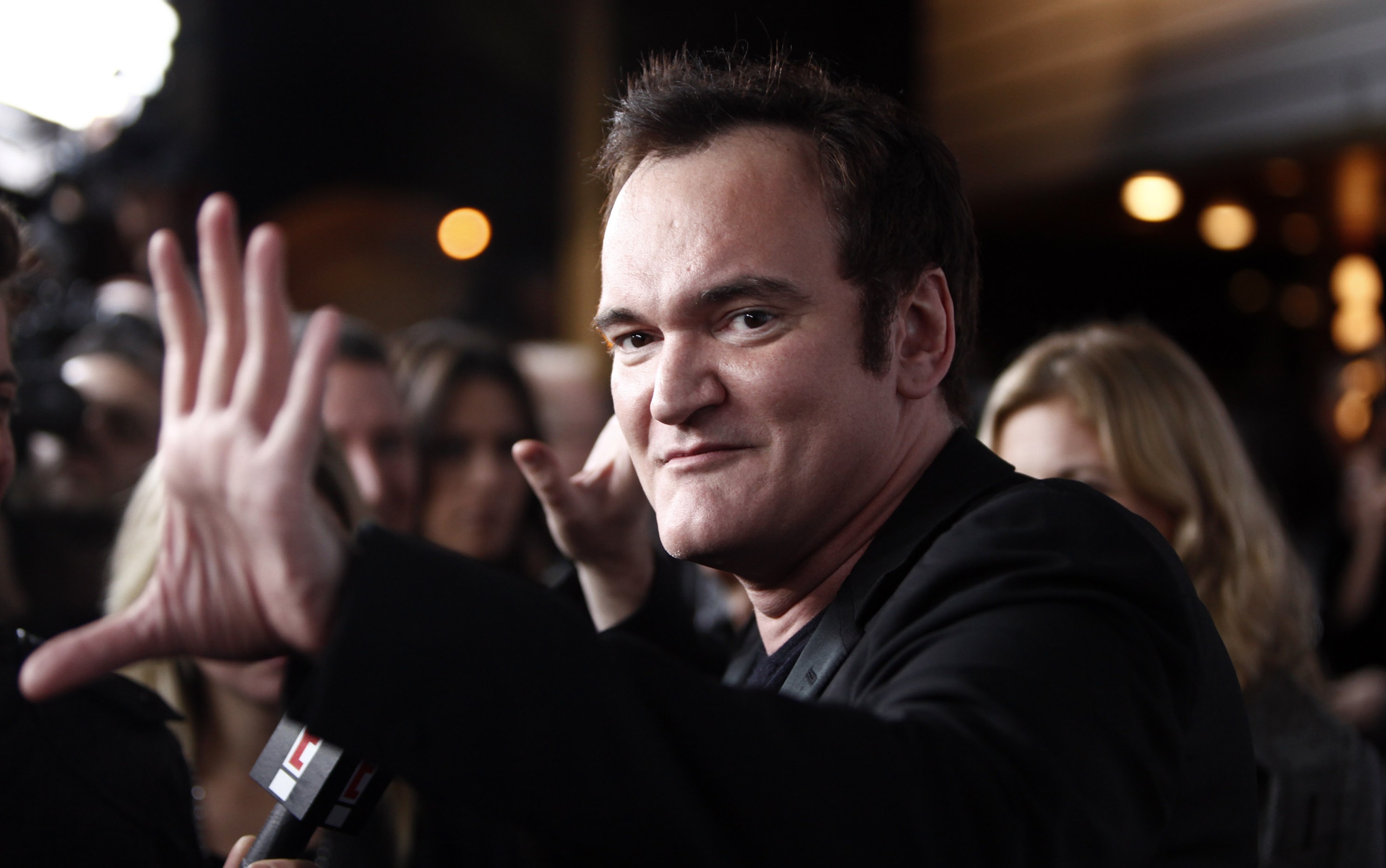Quentin Tarantino has long been regarded as a cinematic genius, and his mind is respected by many. If you have watched any of his movies, you can attest to the fact that they do seem to have something almost spellbindingly unique in the way that the story is told. However, if you were to take a step back from one of these movies and compare it to his others, you would start to notice some startling familiar themes that run throughout each one.
Most of Tarantino’s films feature violence of some sort. There are four distinct forms of this violence that appear, time after time: sexual assault, racism, murder and violence against women.
I can only speak personally for the three of his films that I have watched: “Kill Bill,” “Hateful Eight” and “Pulp Fiction.” After much research, though, I can confirm that many of these instances materialize in his other movies as well.
Sexual Assault
First and foremost: sexual assault. Again, this is something that one may not notice unless they are an avid viewer of Tarantino’s films. In “Kill Bill: Vol. 1,” one of the earlier scenes depicts The Bride (Uma Thurman’s character) in a comatose state and is sexually assaulted by a man who pays her male nurse.
Although the film doesn’t actually show the grisly scene (The Bride wakes up before anything actually happens), the male nurse refers to her in such a way that it is assumed that he too has done this to her before.
Sexual assault is featured in the other two movies as well. There is a scene in “The Hateful Eight” when Samuel L. Jackson, represented as the fictional character Major Marquis Warren, meticulously details the sexual assault that he performed on another character. The audience is meant to enjoy and even relish this moment because Marquis’s victim was a racist murderer.

This kind of strategy in pushing the audience to overlook the actual severity of such an act and instead relate it to the character’s single point of view is performed in many of Tarantino’s films.
“Pulp Fiction” features a terribly brutal rape scene toward the end of the film. Two men are captured by a shop owner and his friend, and, after restraining and dressing them in fetish gear, one of the two men is abused and sexually assaulted. The other eventually frees himself and saves the man who then subdues his captor and announces his plan to thoroughly and painstakingly torture him for revenge.
Again, the audience is meant to enjoy this announcement and applaud the man for his retaliation, because the captor’s a bad guy, right?
This theme even seeps into Tarantino’s personal life. While Tarantino himself has not been accused of sexual assault, he has discredited those who endured the terrible experience and has worked closely with known-perpetrators, such as Harvey Weinstein and Roman Polanski.
He actually defended Polanski’s rape of a 13-year-old girl, and is quoted saying, “It was statutory rape . . . he had sex with a minor. That’s not rape. To me, when you use the word rape, you’re talking about violent, throwing them down — it’s like one of the most violent crimes in the world.”
Tarantino was reminded that the girl was also drugged, and he replied with, “Look, she was down with this.”
Racism
Tarantino is well known for his heavy usage of the n-word. In fact, according to IMDb, “This film (referring to “Kill Bill Vol. 1”) and “Kill Bill: Vol. 2” are the only Quentin Tarantino films in which there is no mention of the “N” word.”
In “The Hateful Eight, “the n-word is said around 65 times. Racism is utilized as an incentive so the audience can revel in the havoc that Samuel L. Jackson’s character wreaks in retaliation.
“Pulp Fiction” is actually featured as number 39 in an article titled, “The 50 Most Racist Movies.” “As soon as you step back and realize that Quentin Tarantino is an insane fetishist who gets a sick hard-on for smooth talking black thugs and people of all walks launching N-bomb blitzkriegs like they can’t ruin race relations fast enough, you notice how fucked up it is. Right after that you realize that every character talks the same, like Quentin, who penned a special N-bomb assault for himself, and that’s when you really wanna stab him in the face.” Check out the scene of Tarantino using the word himself, as a character within the movie.
Murder
There’s no doubt about it that all these films emphasize and almost commend murder. “Kill Bill” presents a powerful, badass woman seeking out revenge on those who have wronged her. The audience follows her as she takes each enemy down, one by one. You almost can’t help but congratulate her after every kill.

All of the characters in “The Hateful Eight” die by murdering each other. There is one main antagonist, though, and again, the audience is meant to savor her gruesome death. A sense of relief washes over viewers as she finally passes, and this is illuminated within the remaining, dying characters as well. Members of the audience also celebrate the murder of the racist characters.
Many of the characters in “Pulp Fiction” are also murdered. A boxing competitor, at least two members of a gang and the rapists all die. Uma Thurman’s character nearly dies as well.
Violence Against Women
As recently mentioned, Uma Thurman’s character in “Kill Bill” seeks revenge against those who have wronged her. Specifically, they attempted to murder her. The violence against women in this film is evident.
The male characters in “The Hateful Eight” beat the female character numerous times as well as refer to her as a “bitch.” Again, Tarantino justifies this violence by painting the female character as a murderous gang member.
There seems to be a lack of violence against women in Pulp Fiction; however, Uma Thurman’s character nearly overdoses on heroin. Another female character severely upsets her boyfriend. While the boyfriend never physically assaults her, he becomes quite violent with his surroundings and yells aggressively.
Similar to the theme of sexual assault, this theme of violence against women appears in Tarantino’s reality as well. New York Times reports that, “Thurman says that in ‘Kill Bill,’ Tarantino had done the honors with some of the sadistic flourishes himself, spitting in her face in the scene where Michael Madsen is seen on screen doing it and choking her with a chain in the scene where a teenager named Gogo is on screen doing it.”
Tarantino repeated this process by personally choking actress Diane Kruger while filming “Inglourious Basterds,” as well. He almost seems obsessed with wanting to hurt these women himself, instead of allowing a stunt double to perform the act.
While there is such a thing as separating the art from the artist, it becomes difficult to appreciate Tarantino’s art once you recognize the recurring themes that continue to pop up in all of his films. This article may not sway you one way or the other, but if you do watch another Tarantino film in the near future, keep an eye out for these messages. You may find yourself becoming a bit disgusted with the repetitive violence, despite the interesting story-telling.

















